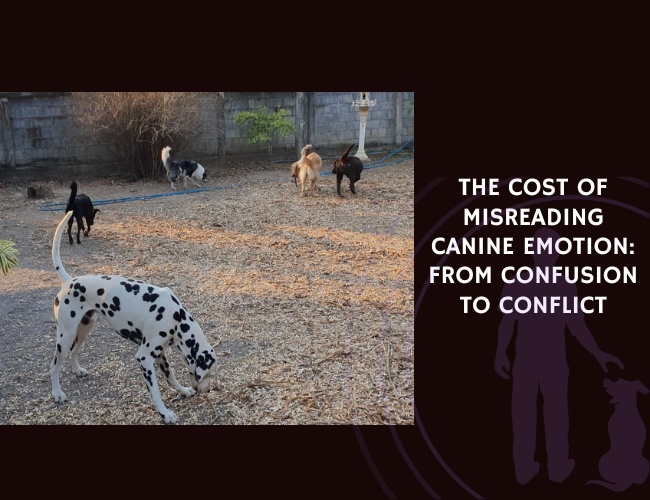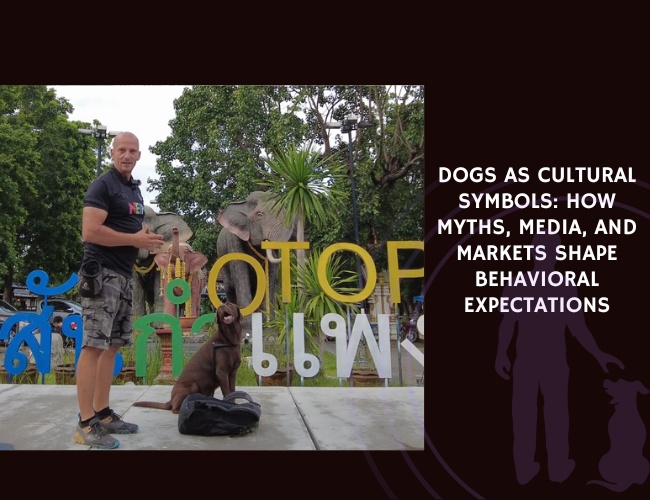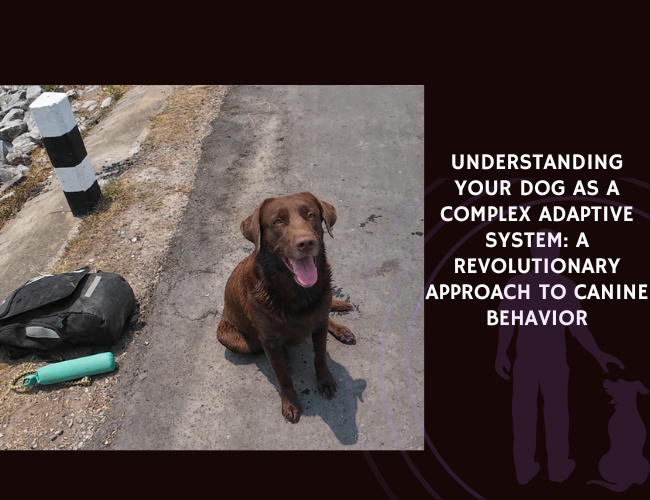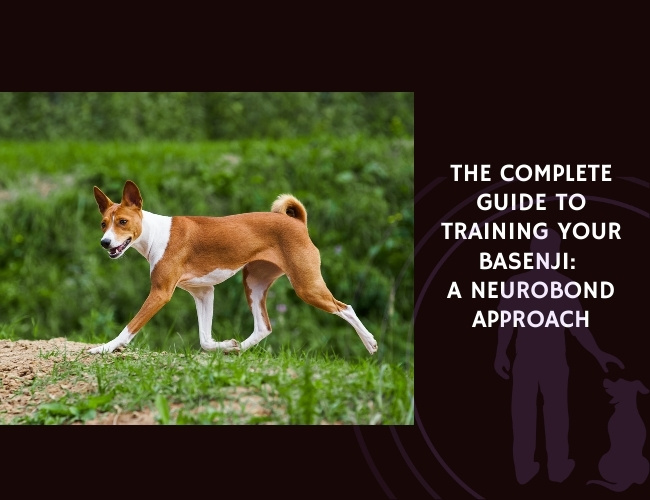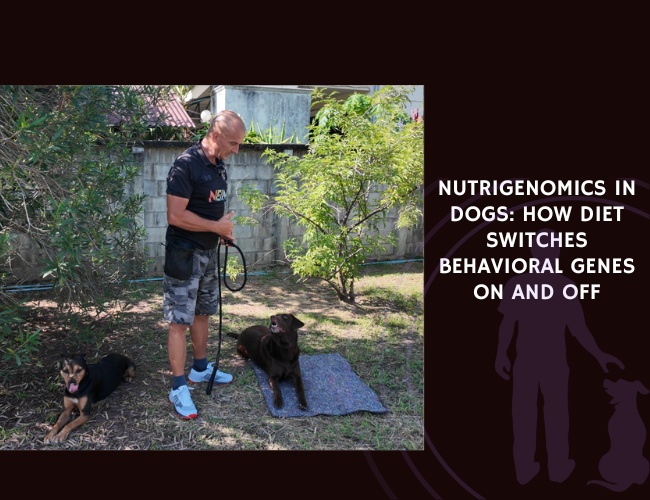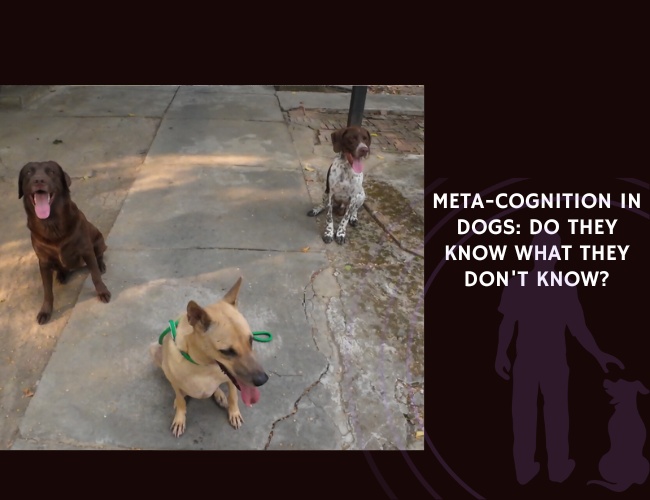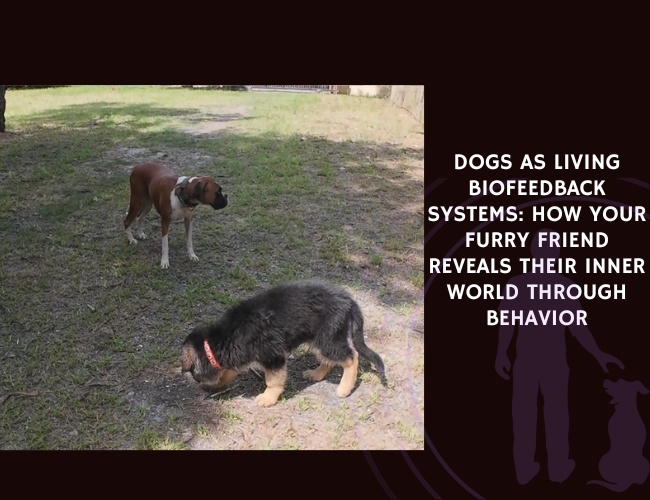Your dog’s tail wags, but their eyes tell a different story. In that moment of disconnect lies a universe of miscommunication that shapes every interaction you’ll have with your four-legged companion. Understanding the emotional language of our canine companions isn’t just about building a better relationship—it’s about preventing the cascade of behavioral challenges that arise when we consistently misinterpret their signals.
Every day, millions of dogs attempt to communicate their emotional states to their human families, only to be misunderstood, dismissed, or worse, punished for their efforts. These failures in communication don’t just create momentary frustration; they fundamentally alter the trajectory of the human-canine relationship, transforming what should be a partnership built on mutual understanding into a series of conflicts rooted in confusion.
The stakes couldn’t be higher. When we misread canine emotions, we don’t just miss opportunities for connection—we actively create conditions that lead to behavioral problems, emotional shutdown, and in worst-case scenarios, aggression. Yet most of us navigate these critical interactions with limited understanding of how dogs actually experience and express emotions, relying instead on outdated myths, anthropomorphic projections, and well-meaning but misguided interpretations.
Let us guide you through the complex world of canine emotional expression and discover how getting it wrong can transform trust into turmoil. More importantly, let’s explore how getting it right can unlock levels of interspecies communication and connection that most people never knew were possible.
Understanding Your Dog’s Emotional Systems
Deep within your dog’s brain, ancient neural pathways fire in patterns that would be remarkably familiar to neuroscientists studying human emotion. These aren’t simple stimulus-response mechanisms or basic instincts—they’re sophisticated emotional systems that create the rich inner life your dog experiences every moment of every day. Did you know that your furry friend experiences emotions through seven distinct neurological pathways? These primary emotional systems, identified by pioneering neuroscientist Jaak Panksepp, form the foundation of every interaction you have with your dog.
For decades, the scientific community debated whether non-human animals truly experienced emotions or merely displayed behaviors that resembled emotional responses. Panksepp’s groundbreaking research definitively answered this question, revealing that mammals share core emotional systems that originate in the most ancient parts of our brains. These systems don’t just influence behavior—they create genuine felt experiences that drive motivation, shape learning, and form the basis of social bonds.
Understanding these emotional systems transforms how we interpret canine behavior. Instead of seeing a dog who “won’t listen” or is “being stubborn,” we begin to recognize an animal whose FEAR system might be overriding their SEEKING system, making learning impossible in that moment. Rather than labeling a dog as “aggressive,” we can identify when their RAGE system has been triggered by frustration or threat, and address the underlying emotional state rather than just the surface behavior. This shift in perspective—from behavior-focused to emotion-aware—represents a fundamental revolution in how we can relate to our canine companions.
The Seven Core Systems:
- SEEKING – The drive to explore, investigate, and engage with the world
- FEAR – The response to perceived threats and danger
- RAGE – Frustration and defensive aggression when blocked or threatened
- PANIC/GRIEF – Separation distress and social loss
- LUST – Reproductive drives and behaviors
- CARE – Nurturing and bonding behaviors
- PLAY – Social joy and interactive engagement
These systems don’t just influence behavior—they create a rich emotional landscape that your dog navigates every moment of every day. When we understand these systems, we begin to see our dogs not as simple creatures responding to commands, but as complex emotional beings trying to communicate their inner world to us. 🧡
Reading the Silent Language: Visual and Postural Cues
Your dog speaks volumes without making a sound, broadcasting their emotional state through an intricate symphony of visual and postural signals that most humans barely register. Every shift in posture, every subtle change in expression carries meaning—if only we know how to listen. This silent language evolved over millennia as dogs’ ancestors navigated complex social hierarchies and environmental challenges, developing a communication system so nuanced that it can convey everything from mild uncertainty to imminent attack with the slightest adjustment in body position.
The tragedy is that while dogs have retained this sophisticated communication system through domestication, most humans remain functionally illiterate in reading these signals. We’ve created a interspecies relationship where one party is constantly communicating in high definition while the other is barely picking up static. This communication gap doesn’t just lead to missed opportunities for connection; it creates dangerous situations where dogs escalate their signals desperately trying to be heard, only to be labeled as “unpredictable” when their warnings go unheeded.
Modern research in canine cognition has revealed just how deliberate and intentional these visual signals are. Dogs don’t just reflexively display emotions; they actively modulate their expressions based on whether humans are watching, demonstrating a sophisticated understanding of communication as a two-way process. They’ve even developed specific signals used primarily with humans that aren’t seen in dog-to-dog interactions, showing their remarkable ability to adapt their communication style to their audience. Yet despite these efforts to bridge the species gap, we often remain oblivious to all but the most obvious signals.
- Ear Position Tells Tales Forward-pointing ears signal alertness and interest, while ears pinned back often indicate fear or submission. But here’s what many miss: slightly rotated ears can signal uncertainty or internal conflict, that crucial moment before your dog decides whether to approach or retreat.
- The Eyes Have It A soft, relaxed gaze shows comfort and trust. Wide eyes with visible whites (often called “whale eye”) suggest stress or fear. But watch for the in-between states: squinting can indicate discomfort or an attempt to appear non-threatening, while a fixed stare might precede defensive behavior.
- Tail Talk Goes Beyond Wagging Yes, a wagging tail can mean happiness—but it can also signal anxiety, overstimulation, or even aggression. The key lies in reading the whole message: tail height, stiffness, and speed of movement all contribute to the emotional story your dog is telling.
The Subtle Signs We Often Miss
Before conflict erupts, before a bite occurs, before a dog shuts down emotionally—there’s always a conversation happening that we failed to hear. Dogs are masters of subtle communication, often spending minutes or even hours broadcasting their emotional state through micro-signals that escalate only when their quieter messages go unacknowledged. These early warning signs aren’t just polite requests; they’re crucial safety valves that, when recognized and respected, prevent the emotional pressure from building to dangerous levels.
The problem is that our human-centric world has trained us to value obvious, dramatic communication while dismissing or entirely missing subtle cues. We’re conditioned to respond to barks, growls, and lunges while remaining blind to the lip licks, head turns, and body freezes that preceded them. This selective attention creates a self-fulfilling prophecy: dogs learn that subtle signals don’t work with humans, so they skip directly to the dramatic displays that get results. We then label these dogs as “aggressive” or “reactive,” never realizing that we trained them to communicate this way through our consistent failure to respond to their gentler attempts.
Research into canine stress signals has identified dozens of subtle behaviors that dogs use to communicate discomfort, uncertainty, or need for space. These signals form a complex lexicon that allows dogs to navigate social situations with remarkable finesse—when their communication partner is paying attention. The tragic irony is that many of the behaviors we actively punish or ignore in our dogs are actually their attempts to de-escalate situations and avoid conflict. By missing or misinterpreting these signals, we force our dogs into increasingly desperate attempts to make themselves understood.
- Displacement Behaviors When your dog suddenly starts scratching, yawning, or sniffing the ground during training or interaction, they’re not being defiant—they’re stressed. These displacement behaviors are your dog’s way of saying “I need a moment” or “this is too much.”
- Breathing Patterns Matter Short, shallow breaths or panting when it’s not hot signals stress. A held breath followed by a deep sigh often indicates resignation or the release of tension. Learning to read these respiratory cues helps you understand your dog’s emotional state moment by moment.
- Body Tension Speaks Volumes A stiff, frozen posture isn’t stubbornness—it’s often fear or overwhelm. Conversely, a loose, wiggly body generally indicates emotional comfort. But watch for the transition moments: when relaxation shifts to tension, you’re witnessing emotional change in real-time.
Emotion. Misread. Misguided.
What you see isn’t always what they feel.
A wagging tail doesn’t equal joy, and flattened ears aren’t guilt. When we misinterpret canine emotion through a human lens, we don’t just confuse them—we betray the trust they try to build. Your dog isn’t being stubborn. They’re misunderstood.
Signals ignored become signals intensified.
When subtle stress cues go unnoticed, your dog turns up the volume. What starts as lip licking becomes lunging. What was once a plea for space becomes a snap. Not because they wanted conflict—but because you didn’t listen when it whispered.
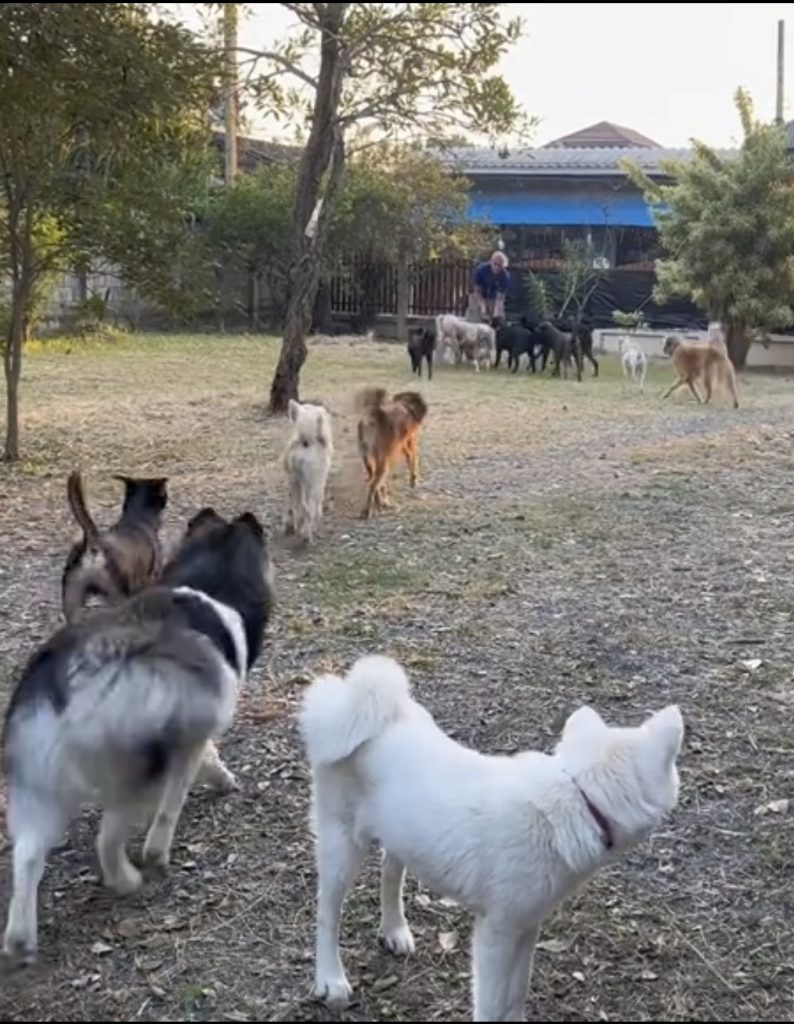


You’re not training a robot—you’re relating to a nervous system.
Emotional misreads don’t just damage behavior; they alter your dog’s brain. Predictive learning fails. Trust breaks down. Cognitive shutdown follows. But with awareness, the spiral reverses. The key isn’t more control—it’s deeper understanding. 🧡
Common Misinterpretations That Damage Trust
We often project human emotions onto canine behaviors, creating a dangerous disconnect between what our dogs feel and what we think they feel.
- The “Guilty Look” Myth That hangdog expression when you discover a chewed shoe? It’s not guilt—it’s appeasement behavior triggered by your body language and tone. Dogs don’t experience guilt the way humans do; they’re responding to your emotional state, not reflecting on past misdeeds.
- Mistaking Fear for Defiance When a fearful dog refuses to move forward on a walk or won’t perform a command, they’re not being stubborn. Fear creates cognitive interference—their emotional system overrides their ability to respond to training. Pushing them in these moments only deepens their distress.
- Play Signals vs. Disobedience A play bow during training isn’t your dog ignoring you—it’s an attempt to reduce tension and invite positive interaction. Misreading this as defiance and responding with corrections can shut down your dog’s natural stress-relief mechanisms.
- Stress Masquerading as “Bad Behavior” Destructive chewing, excessive barking, or house soiling in trained dogs often stems from emotional distress, not deliberate misbehavior. When we punish these stress responses, we address symptoms while ignoring the underlying emotional turmoil.
The Cascade Effect: When Misreading Leads to Conflict
Consistent misinterpretation of canine emotions creates a predictable but preventable downward spiral in the human-dog relationship.
- Stage 1: Initial Confusion Your dog attempts to communicate discomfort or need through subtle signals. When these go unrecognized or are misinterpreted, confusion sets in. Your dog begins to question whether their communication attempts are effective.
- Stage 2: Amplified Signaling As subtle signals fail, dogs often escalate their communication. Soft whines become barks, gentle resistance becomes pulling, mild stress signals intensify. Unfortunately, we often label these amplified signals as “behavioral problems.”
- Stage 3: Learned Distrust Repeated failure to communicate effectively teaches dogs that humans don’t understand or respond appropriately to their emotional needs. This learned distrust manifests as increased reactivity, withdrawal, or seemingly “unpredictable” responses.
- Stage 4: Behavioral Shutdown or Aggression When all else fails, dogs resort to extreme measures. Some shut down emotionally, becoming unresponsive and disengaged—often mistaken for being “well-behaved.” Others turn to aggression as the only communication method that gets results. Both responses represent profound damage to the human-animal bond. 🐾

The Cognitive Impact of Emotional Mismatches
When we consistently misread our dogs’ emotions, we don’t just create behavioral issues—we fundamentally alter how they process and respond to their world. The cognitive consequences of chronic miscommunication extend far beyond simple misunderstandings, reaching into the very neural pathways that govern learning, memory, and emotional regulation. Modern neuroscience reveals that repeated emotional mismatches between expectation and reality create lasting changes in brain structure and function, affecting not just how dogs behave but how they think and feel.
The canine brain, like all mammalian brains, is remarkably plastic—constantly rewiring itself based on experience. When a dog’s attempts to communicate emotional states consistently fail to produce appropriate responses, this plastic nervous system adapts in ways that can be profoundly maladaptive. Neural pathways associated with trust and social communication may weaken while those associated with vigilance and self-protection strengthen. The dog’s entire cognitive framework shifts from one oriented toward cooperation and communication to one focused on self-preservation and emotional protection.
This cognitive restructuring doesn’t happen overnight, but through thousands of micro-interactions where emotional signals are misread or ignored. Each failed communication attempt leaves a neural trace, a small change in synaptic strength that, multiplied over time, creates lasting alterations in how the dog processes social information. What emerges is a dog whose cognitive landscape has been shaped by miscommunication—a dog who may struggle with learning, show heightened reactivity to normal stimuli, or display what appears to be “random” aggression that actually stems from a deeply ingrained expectation that their emotional needs will not be understood or met.
- Disrupted Predictive Learning Dogs are masters at predicting outcomes based on environmental cues. When human responses don’t match their emotional communications, this predictive ability breaks down. Your dog can no longer reliably anticipate whether their signals will be understood, creating chronic uncertainty.
- Eroded Sense of Agency Every successful communication reinforces a dog’s sense of control over their environment. Conversely, failed communication attempts chip away at this agency. Dogs who feel they cannot influence their circumstances through normal communication often develop learned helplessness.
- The Stress-Cognition Connection Chronic stress from miscommunication impairs cognitive function. Dogs under constant emotional strain show decreased learning ability, reduced problem-solving skills, and impaired memory formation. What looks like “stubbornness” might actually be stress-induced cognitive impairment.
- Emotional Regulation Challenges Dogs learn emotional regulation partly through successful communication with their human companions. When this communication fails, dogs struggle to self-soothe and may develop heightened reactivity or emotional volatility.
Rebuilding Trust Through Emotional Awareness
The good news? Even damaged relationships can heal when we commit to understanding and responding appropriately to canine emotions.
- Practice Observational Skills Spend time simply watching your dog without asking anything of them. Notice their baseline body language in different situations. This investment in observation pays dividends in improved communication.
- Respond to Emotional Needs When you recognize stress signals, don’t push through—pause and reassess. If your dog shows displacement behaviors during training, take a break. If they’re offering appeasement signals, soften your approach. Meeting emotional needs builds trust faster than any training protocol.
- Create Predictable Responses Consistency in how you respond to your dog’s emotional signals helps rebuild their sense of agency. When your dog knows that communicating discomfort leads to relief, they’re less likely to escalate to extreme behaviors.
- Use Environmental Management Sometimes the kindest response to emotional distress is removing the stressor. If your dog consistently shows fear signals in certain situations, work on gradual desensitization rather than forcing compliance.
Educational Interventions for Lasting Change
Improving our ability to read canine emotions requires intentional education and practice—skills that benefit both professional trainers and devoted pet parents.
- Video Analysis Training Recording and reviewing interactions with your dog reveals patterns invisible in the moment. Slow-motion playback especially helps identify micro-expressions and subtle emotional shifts you might otherwise miss.
- Body Language Workshops Hands-on workshops teaching canine body language interpretation provide invaluable real-time practice. Look for programs that emphasize emotional states rather than just behavioral outcomes.
- Emotional Congruence Exercises Practice matching your emotional energy to your dog’s needs. If they’re anxious, becoming calmer yourself often helps more than verbal reassurance. If they’re playful, matching their joy strengthens your bond.
- Professional Assessment Tools Consider working with certified behavior consultants who use formal assessment tools to evaluate emotional congruence between you and your dog. These professionals can identify specific areas where miscommunication occurs most frequently.
Moving Forward: A New Paradigm of Understanding
Recognizing and correctly interpreting canine emotions isn’t just about avoiding problems—it’s about unlocking the full potential of the human-canine bond.
- From Compliance to Communication Shift your focus from getting behaviors to understanding emotions. When we prioritize emotional understanding, desired behaviors often follow naturally as trust deepens.
- Building Emotional Intelligence Just as we develop emotional intelligence in human relationships, we can cultivate this skill with our dogs. Each successful emotional exchange strengthens the communication pathway between species.
- The Ripple Effect Dogs whose emotions are consistently recognized and respected become more confident, resilient, and adaptable. They’re better equipped to handle novel situations and recover from stress because they trust their human’s ability to understand and support them.
Conclusion: The Path from Confusion to Connection
Every moment with your dog presents an opportunity to either deepen understanding or widen the communication gap. By learning to accurately read the emotional signals our dogs constantly send, we transform potential conflicts into moments of connection. The cost of misreading canine emotion extends far beyond momentary misunderstandings—it shapes the entire trajectory of our relationships with these remarkable beings who share our lives.
The journey from confusion to clarity requires patience, observation, and a willingness to see our dogs as the emotionally complex individuals they are. When we commit to this understanding, we don’t just prevent behavioral problems—we unlock a level of interspecies communication that enriches both human and canine lives immeasurably. Your dog is always talking to you. The question is: are you truly listening? 🧡

